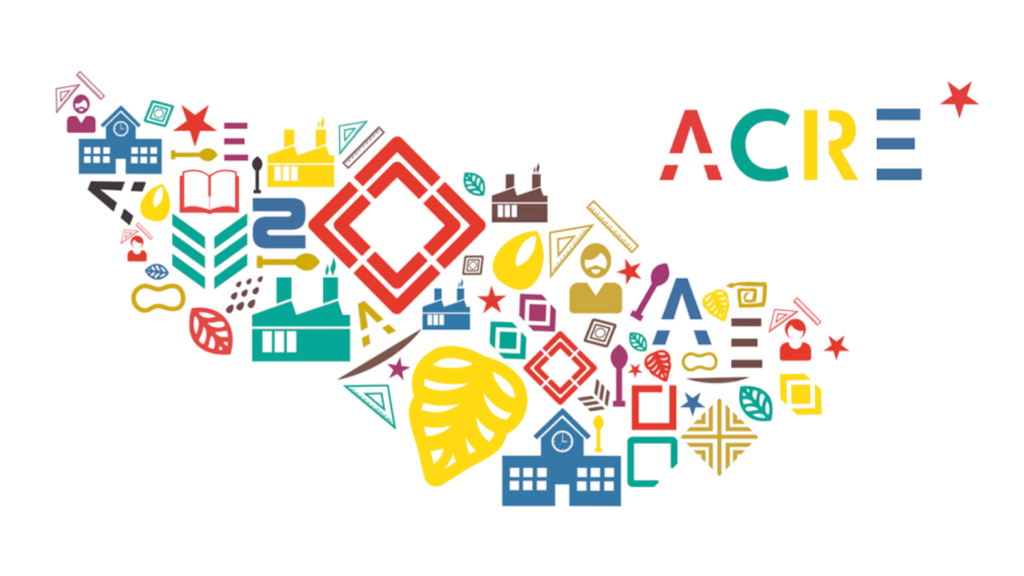
Instituto Dom Moacyr
Acre design is a rich and complex project that was conceived by the Brazilian government of Acre and implemented by an international interdisciplinary team of researchers, designers, and technicians. The main goal of the project was to create a local manufacturing district based on sustainability and the creative economy, in which design plays the role of development engine.

Acre is the leading region of environmental awareness in the Amazon rainforest, initiated by the action of the famous environmentalist Chico Mendes and taken forward by successive governments over the following decades. The idea put forward by Mendes, which has become a cornerstone of the sustainable development of the region, lies in the responsible use of forest resources, avoiding the destruction from the fires that would have transformed the forest into agricultural land. The government created the “Polo Moveleiro”, the Rio Branco furniture-production hub that brings together different companies in the area into a manufacturing district characterized by shared infrastructure. This center was the main promoter of “Acre design”, leading to the creation of the “Acre Made in Amazonia” brand that identifies products that have been developed in accordance with principles of environmental and social sustainability. This was first applied to the wood and furniture industry and then spread to other production sectors connected with local materials, such as rubber and bamboo. In order to enhance the human capital of the state and create a new generation of technicians and creators that is able to drive this type of development, the government has established a design school.


The Acre design project aims to create a Design System that is rooted in the territory, its cultural identity, and its industrial development. The Acre Design project started in 2011, with the development of a first experimental line of products in the wooden furniture sector and has grown over the years into a more ambitious project that works on educational, political, and entrepreneurial innovation involving the entire Acre region, its businesses and its creative talents.


The main results of this project can be seen in two major areas: in the work done with the companies, which led to the creation of a brand collection and a consortium of companies; and in the work done with local institutions to formalize the school and the training of young people and technicians. The Acre design project connected with the wood and furniture sector is intended to be just the first step in the sustainable economic development of the Acre region.